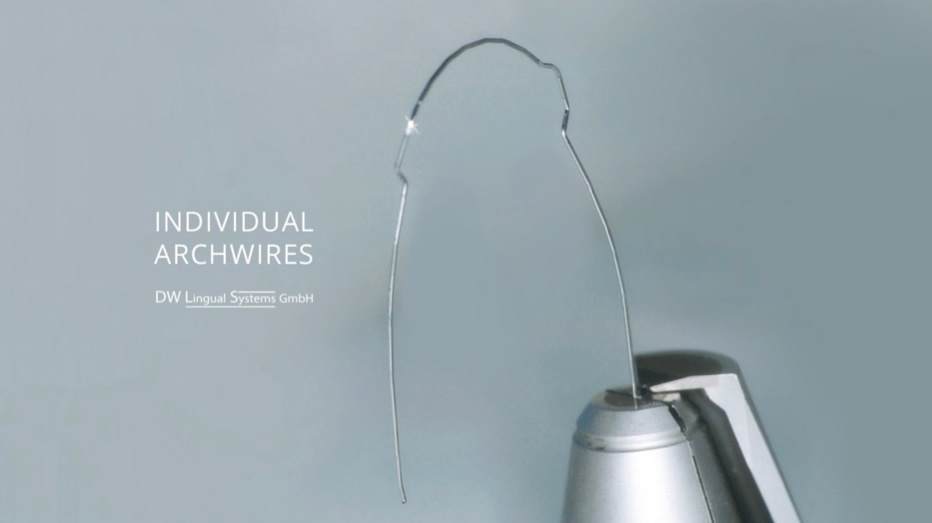Lingual orthodontics has evolved to a stage where cutting edge digital CAD/CAM technology is used to construct the appliances. The brackets and wires are all individually constructed for each patient, it is a custom made orthodontic appliance . The outside braces (traditional railway track braces ) by contrast are stock appliances.
In the 1970’s when lingual orthodontics was first practised, orthodontists used the traditional outside braces but placed them on the inside of the teeth. Unfortunately this approach while it was a beginning had three main problems. The brackets tended to fall off, they were too bulky, and it was difficult to get as good a result as could be achieved with outside braces.

These problems have now been overcome by using digital technology. The brackets are designed and manufactured precisely to fit each tooth precisely. The archwires are designed with the final (desired) position of the teeth in mind, and extremely precise bends are placed in the archwire by a wire bending robot.
This orthodontic blog was written by Dr John Buckley who is a specialist orthodontist at Clonmel Orthodontics in Riverhouse orthodontic practice in Clonmel County Tipperary, Ireland. They provide orthodontics to county Tipperary and the neighbouring counties of Waterford, kilkenny, Limerick and Cork , and beyond.
Dr Buckley has practised as a specialist orthodontist in Clonmel for 20 years. In addition to his orthodontic qualifications which he held before he commenced orthodontic practice , Dr Buckley was awarded a First class masters degree in Lingual orthodontics from the University of Hannover medical school (MHH) in 2012. This masters degree is directed by Professor Dirk Wiechmann who is the inventor of both the incognito™ and win™ lingual appliances. Dr Buckley was the first orthodontist in Ireland to be awarded this qualification. In 2016 he was accepted as an active member of the European Society Of Lingual Orthodontics (ESLO). To become an active member it is necessary for candidates to submit the records of finished lingual cases. If the cases are deemed to be of a sufficiently high standard then the candidate is accepted as an active member of ESLO. Dr Buckley is the first orthodontist in Ireland to be accepted as an active member of ESLO.


